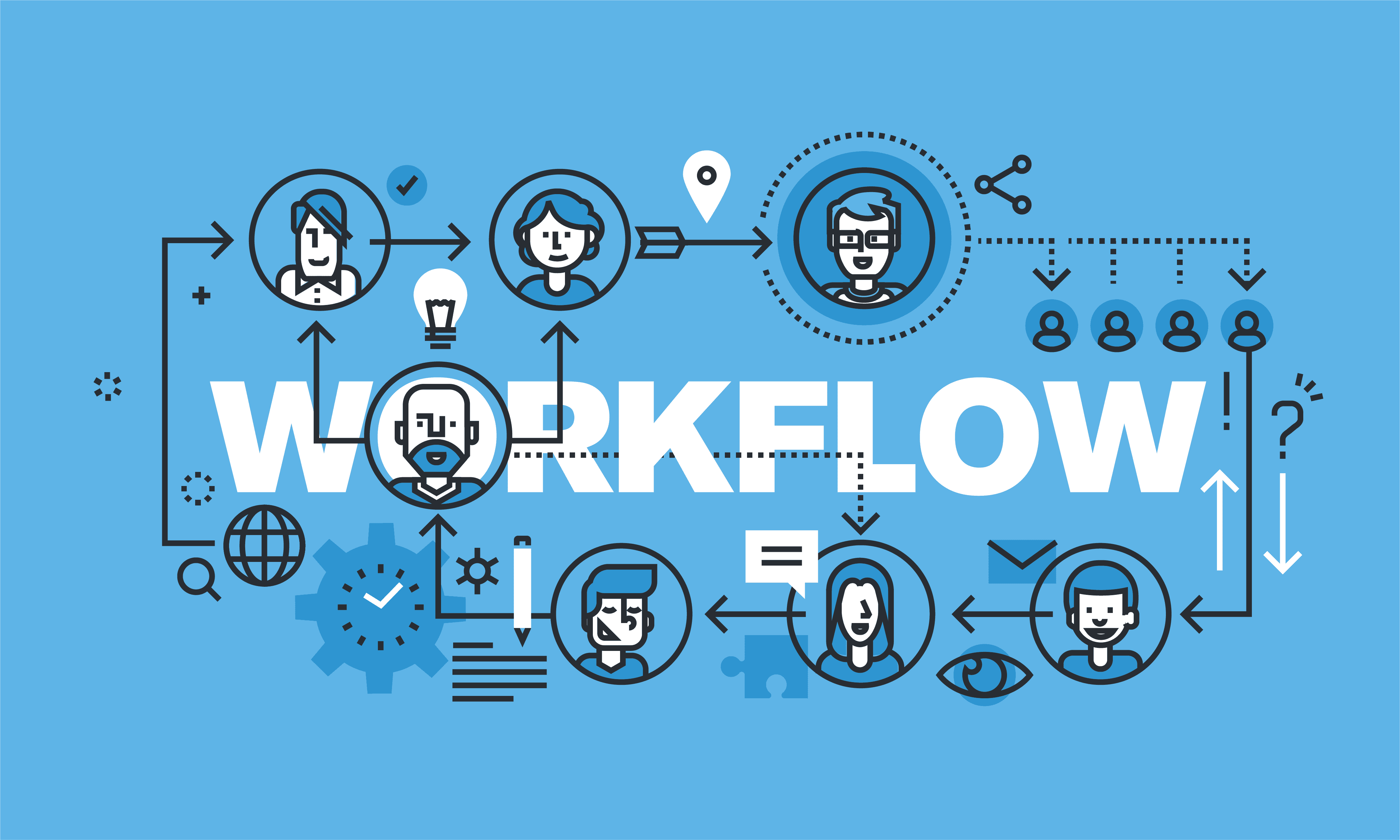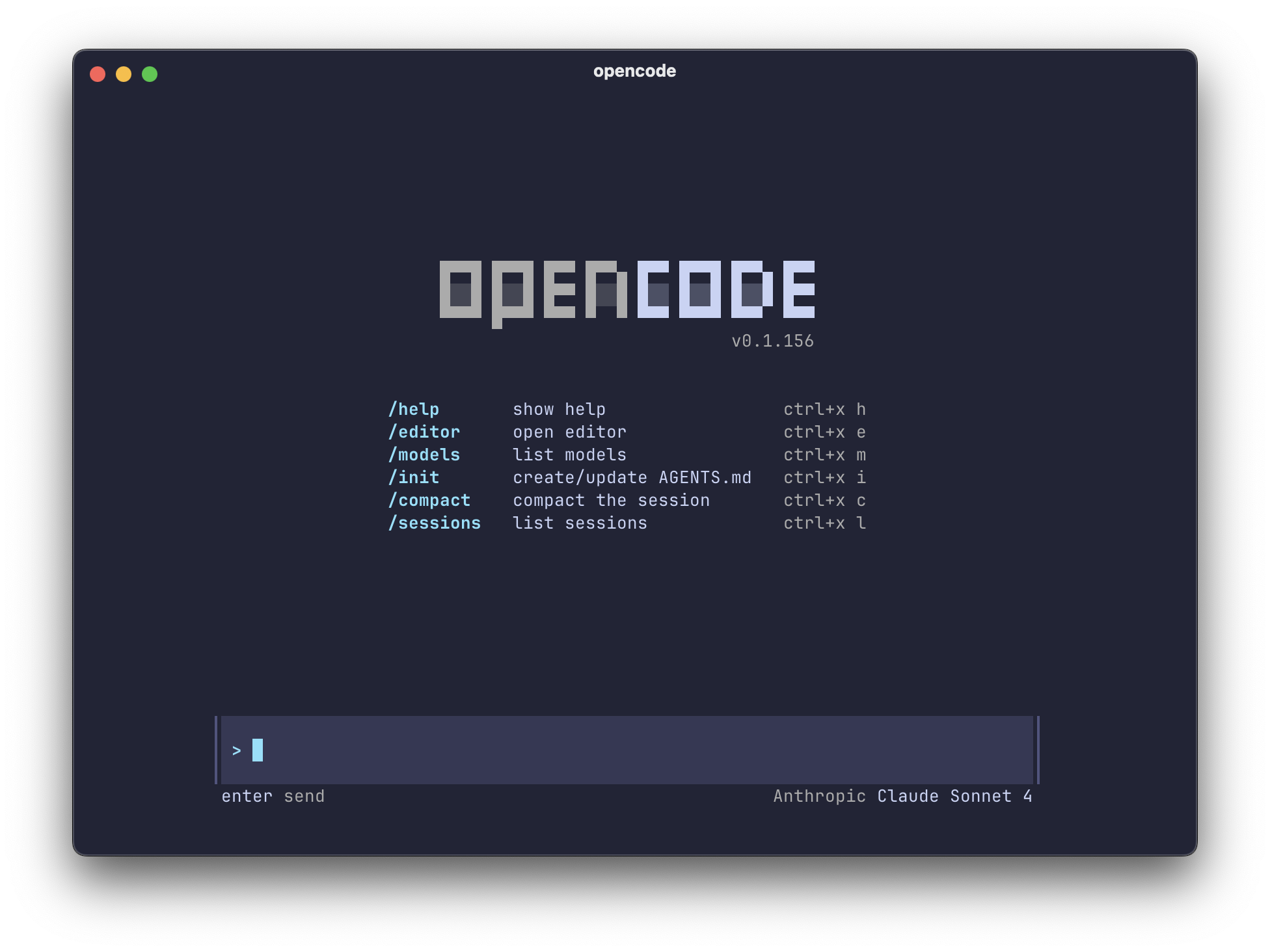
Agent Workflow Patterns: The Essential Guide to AI Orchestration in 2025
Pausado
The landscape of AI agent development has fundamentally shifted. What started as simple chatbots has evolved into sophisticated multi-agent systems capable of complex reasoning, self-improvement, and collaborative problem-solving. As we navigate 2025, understanding agent workflow patterns isn't just beneficial—it's essential for any developer working with AI systems.
The AI agent market tells a compelling story: growing from $7.28 billion today to a projected $41 billion by 2030, we're witnessing unprecedented enterprise adoption. But what exactly are these patterns that everyone's talking about, and why should you care?
Understanding Agentic Loop Patterns: The Foundation
At the heart of modern AI agents lies the agentic loop—a continuous cycle of planning, execution, observation, and refinement. Unlike traditional linear programs, agentic systems operate through iterative loops that enable them to adapt, learn, and improve their outputs dynamically.
The most fundamental pattern is the Plan-Do-Check-Act (PDCA) cycle. Here's how it works in practice:
- Plan: The agent analyzes the task and formulates a strategy
- Do: Execute the planned actions using available tools
- Check: Evaluate the results against expected outcomes
- Act: Adjust the approach based on feedback and iterate
This iterative nature is what separates true AI agents from simple automation scripts. An agent tasked with writing code doesn't just generate it once—it writes, tests, debugs, and refines until the solution works correctly.
Reflection loops add another layer of sophistication. After completing tasks, agents analyze their performance, identify areas for improvement, and adjust their strategies for future iterations. This self-improvement mechanism is why modern agents can handle increasingly complex tasks without explicit programming for every scenario.
Key Architectural Patterns Shaping 2025
Sequential Chain Workflows
The simplest yet most reliable pattern, sequential workflows process tasks in a linear fashion. Each step depends on the previous one's output, creating a predictable and debuggable flow. This pattern excels in structured processes like document generation, data transformation pipelines, or step-by-step analysis tasks.
Parallel Execution Patterns
When speed matters and tasks are independent, parallel patterns shine. Multiple agents or processes work simultaneously on different aspects of a problem, dramatically reducing completion time. Consider a research agent that simultaneously searches multiple databases, analyzes different document sections, and compiles findings—all in parallel.
Orchestrator-Worker Architecture
This pattern introduces a hierarchical structure where an orchestrator agent manages multiple specialized worker agents. The orchestrator breaks down complex tasks, delegates to appropriate workers, and synthesizes their outputs. It's particularly effective for projects requiring diverse expertise—imagine an orchestrator managing agents specialized in frontend development, backend logic, database design, and testing.
Multi-Agent Collaboration Systems
The most sophisticated pattern involves multiple autonomous agents negotiating, collaborating, and even debating to reach optimal solutions. These systems mirror human team dynamics, with agents assuming different roles, sharing information, and building upon each other's work. In 2025, we're seeing these systems tackle everything from scientific research to creative content generation.
The Framework Landscape: Choosing Your Tools
Anthropic Claude Code & Model Context Protocol (MCP)
Anthropic's approach emphasizes flexibility and enterprise integration through the Model Context Protocol. MCP enables seamless communication between agents and external systems, making it ideal for organizations needing to integrate AI agents with existing infrastructure. Its strength lies in providing a standardized way for agents to access tools, databases, and APIs while maintaining security boundaries.
The framework excels at creating agents that can understand and manipulate complex codebases, making it particularly valuable for software development workflows. Its emphasis on context management allows agents to maintain coherent understanding across long-running tasks.
LangChain and LangGraph
LangChain has evolved from a prompt engineering library to a comprehensive agent development framework. LangGraph, its stateful orchestration layer, introduces sophisticated state management capabilities that enable complex, multi-step workflows with human-in-the-loop interactions.
What sets LangChain apart is its extensive ecosystem of integrations and its declarative approach to defining agent behaviors. Developers can compose complex workflows using simple, chainable components, making it accessible for beginners while powerful enough for enterprise applications.
Microsoft AutoGen
AutoGen takes a conversation-first approach, treating agent interactions as structured dialogues. This paradigm shift makes it intuitive to design multi-agent systems where agents communicate naturally to solve problems collaboratively.
Its cross-language support and integration with Microsoft's ecosystem make it particularly attractive for enterprises already invested in Azure and Microsoft tools. AutoGen's strength lies in creating agents that can engage in sophisticated negotiations and collaborative problem-solving through conversation.
CrewAI
CrewAI brings a business-friendly interface to agent development with its role-based workflow system. By defining agents as crew members with specific roles, goals, and tools, it makes complex multi-agent systems accessible to non-technical stakeholders.
This framework excels at creating agents for business processes, content creation, and research tasks where clear role definition enhances output quality and team coordination.
Practical Implementation Insights
When to Use Each Pattern
Choose sequential workflows for predictable, step-dependent processes where reliability trumps speed. Opt for parallel execution when dealing with independent tasks that can benefit from concurrent processing. Implement orchestrator-worker patterns for complex projects requiring specialized expertise. Reserve multi-agent collaboration for problems requiring diverse perspectives or creative solutions.
Scaling Best Practices
Start simple and iterate. Begin with single-agent sequential workflows before progressing to multi-agent systems. Implement robust error handling and fallback mechanisms—agents will fail, and your system should handle it gracefully.
Always set maxIterations limits to prevent infinite loops. A typical range is 5-10 iterations for most tasks, though complex problems might require 20-30. Monitor token usage and implement cost controls, especially when scaling to production.
Safety Considerations
Implement comprehensive logging and observability from day one. Every agent decision, tool use, and iteration should be traceable. Use sandboxed environments for code execution and limit agent permissions to the minimum required for their tasks.
Establish clear boundaries between agent capabilities and human oversight. Critical decisions should always include human-in-the-loop checkpoints, especially in production environments.
Tool Integration Strategies
Modern agents are only as capable as the tools they can access. Prioritize tool selection based on your use case—code generation agents need development tools, research agents need search and retrieval capabilities, and business agents need access to enterprise systems.
Design tools with clear, single responsibilities. Instead of one complex tool doing everything, create multiple focused tools that agents can compose as needed. This modular approach enhances reliability and makes debugging significantly easier.
Looking Ahead
As we progress through 2025, agent workflow patterns continue to evolve. The convergence of better language models, improved orchestration frameworks, and battle-tested patterns is making AI agents increasingly practical for real-world applications.
The key to success isn't choosing the "best" pattern or framework—it's understanding the strengths and trade-offs of each approach and selecting the right tool for your specific challenge. Start with simple patterns, measure their effectiveness, and gradually increase complexity as your understanding and requirements grow.
The future belongs to those who can effectively orchestrate AI agents. By mastering these patterns now, you're positioning yourself at the forefront of a technological revolution that's reshaping how we build software, conduct research, and solve complex problems.
Ready to implement these patterns in your projects? Start with a simple sequential workflow, experiment with the frameworks mentioned above, and gradually expand your agent architecture as you gain confidence. The journey from simple automation to sophisticated multi-agent systems begins with a single loop.
Abrazo. Bliss. 🤓

Los FunctionTool patterns en LlamaIndex.ts
Checa este otro Post

